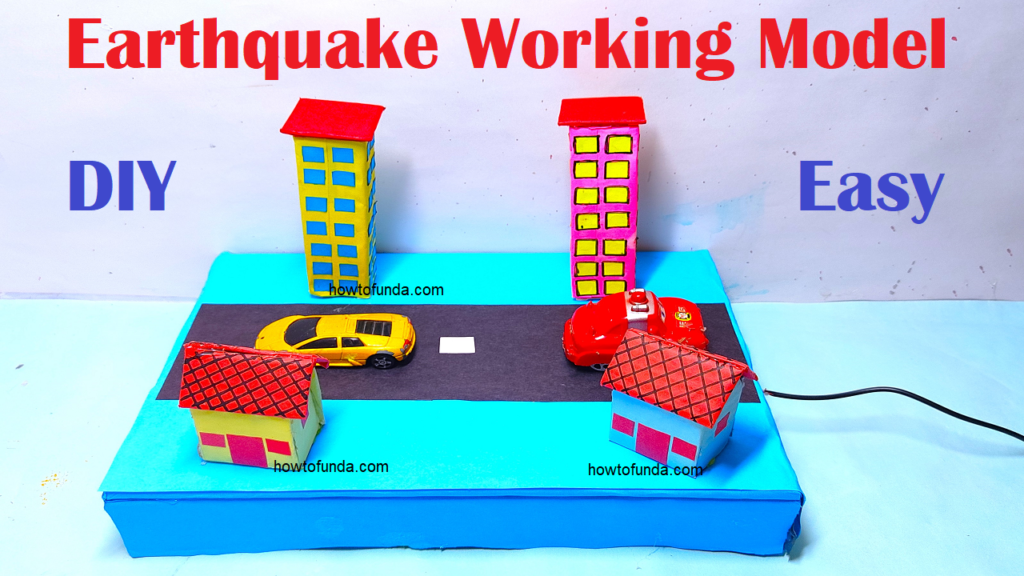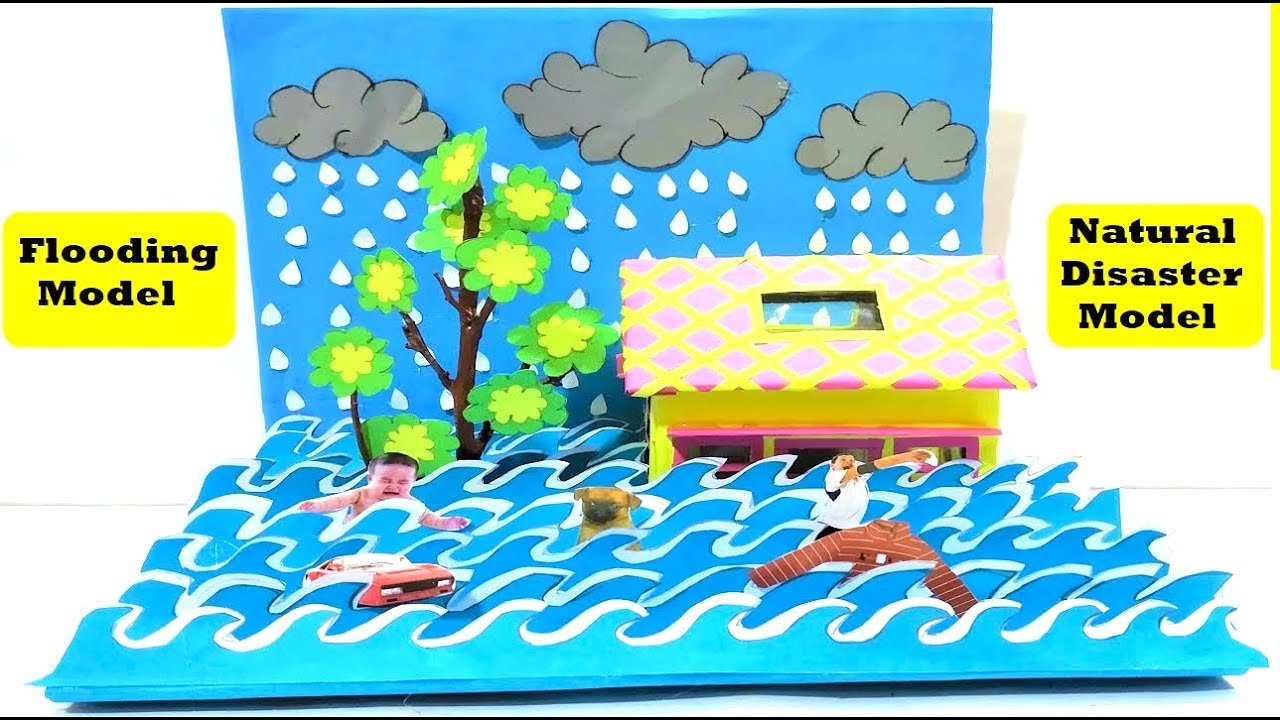Disaster management is the process of planning, preparing, responding, and recovering from natural or man-made disasters to minimize damage, protect lives, and restore normalcy as quickly as possible. It involves governments, organizations, and communities working together to reduce the impact of disasters.

1. Earthquake Early Warning System Model
- A shake table using springs or motors to simulate an earthquake.
- Buildings with and without earthquake-resistant designs to show how structures react.
2. Tsunami Detection and Protection Model
- Demonstrate how underwater sensors detect a tsunami and trigger an alarm.
- Show how mangroves, breakwaters, and elevated houses reduce tsunami damage.
3. Volcanic Eruption Working Model
- Create a volcano model using baking soda, vinegar, and food coloring to simulate an eruption.
- Explain the impact of volcanoes and ways to manage lava flows.
4. Landslide Prevention Model
- Use layers of soil on an inclined surface to show how landslides occur.
- Demonstrate landslide control methods like retaining walls, tree plantations, and drainage systems.
5. Cyclone and Hurricane Preparedness Model
- Show how cyclones form using a water vortex experiment.
- Include storm shelters, warning systems, and tree barriers for protection.
6. Flood Management and Drainage System Model
- Demonstrate how a good drainage system prevents urban flooding using pipes and water flow.
- Show rainwater harvesting and embankments to control floodwaters.
7. Fire Safety and Prevention Model
- Show how fire spreads in different materials and the importance of fire-resistant buildings.
- Demonstrate fire alarms, extinguishers, and evacuation plans.
8. Tornado Simulation and Safety Model
- Use a tornado chamber with a spinning fan and dry ice to show how tornadoes form.
- Highlight safe shelters and warning systems.
9. Drought Management Model
- Demonstrate rainwater harvesting, drip irrigation, and cloud seeding as drought solutions.
- Show how soil conservation techniques like mulching retain moisture.

10. Avalanche Prevention Model
- Simulate an avalanche using flour or sand on an inclined surface.
- Explain how controlled explosions and tree planting prevent avalanches.
11. Oil Spill Cleanup Model
- Simulate an oil spill in water and demonstrate cleanup methods like bioremediation, sponges, and dispersants.
12. Wildfire Prevention and Control Model
- Show how firebreaks, controlled burns, and drone technology help prevent wildfires.
- Use small LED lights to simulate fire spreading.
13. Dam Failure and Emergency Management Model
- Show how dam breakage causes floods using a water tank with a breakable wall.
- Demonstrate spillways, overflow channels, and early warning systems.

14. Pandemic Preparedness and Disease Control Model
- Display quarantine zones, vaccine centers, and public awareness campaigns.
- Use a disease spread simulation with colored water.
15. Earthquake-Resistant Building Model
- Build structures with flexible bases or shock absorbers.
- Shake them on a homemade seismic table to test stability.
16. Smart City Disaster Management Model
- Show a city with solar-powered emergency lights, underground electric cables, and quick response units.
- Add disaster evacuation routes and sensor-based alarms.
17. Artificial Rain (Cloud Seeding) Model
- Show how silver iodide or salt particles help form rain using a spray and humid environment.
18. Nuclear Disaster Management Model
- Demonstrate radiation shielding methods, underground bunkers, and Geiger counters.
- Use a UV light to simulate radiation and test different shielding materials.
19. Rescue and Relief Operations Model
- Show emergency shelters, supply distribution, and medical camps.
- Include drones, boats, and helicopters for rescue operations.
20. Smart Disaster Alert System Model
- Create a sensor-based alert system using Arduino or simple circuits to detect earthquakes, floods, or fires.
- Show how real-time alerts help in disaster preparedness.

Conclusion
These models help explain causes, effects, and solutions for various disasters. You can choose a simple or advanced model depending on your project needs.

